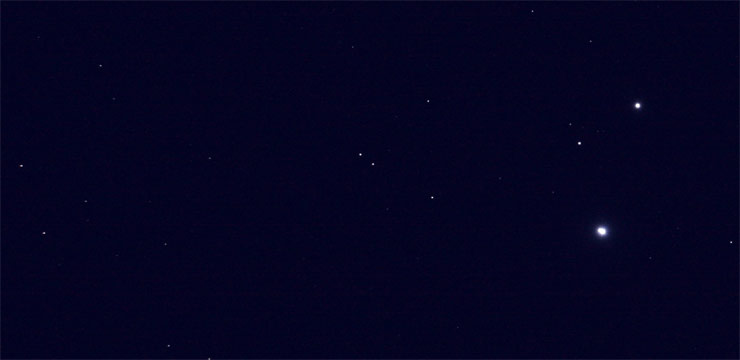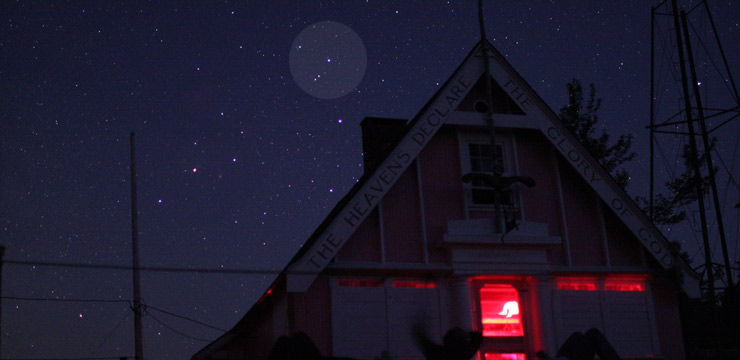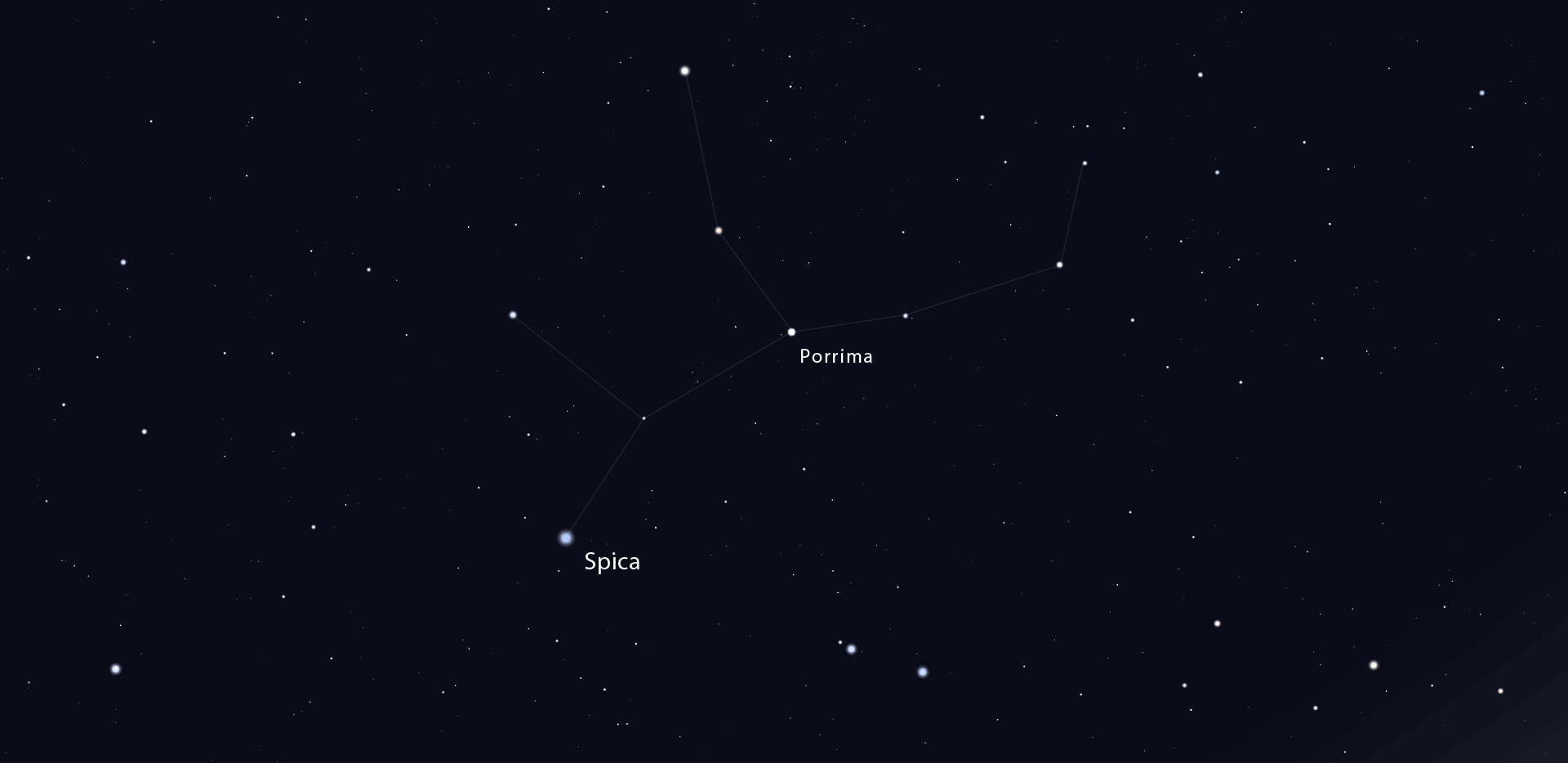The Sky in June
Meteor Shower
June Lyrids
Peaks June 15-16The Circumpolar Constellations
By Francine JacksonObserving Projects for June
A Selection of Double Stars in Corona Borealis
: By Glenn ChapleSpring Double Stars: The Three Leaps of the Gazelle
: By Nan D'AntuonoSummer Double Stars
: By Nan D'AntuonoSome Bright Summer Double Stars
: By Glenn ChapleSome Bright Spring Double Stars
: By Glenn Chaple
A Selection of Double Stars in Boötes
: By Glenn ChapleA Selection of Double Stars in Scorpius
: By Glenn ChapleA Selection of Double Stars in Draco
: By Glenn Chaple
Mizar, The First Double Star
: By Glenn Chaple44 Boötis
: By Glenn ChapleChaple’s Arc
: By Glenn ChapleM40: The “Unknown” Messier Object
: By Glenn ChapleIzar (ε Boötis)
: By Glenn Chaple
β Scorpii
: By Glenn Chaple



